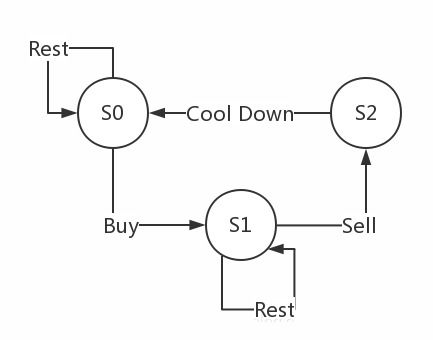Understanding the Basics

When considering how many shares of stock to buy to make money, it’s crucial to understand the basics of the stock market. Stocks represent ownership in a company, and when you buy shares, you’re essentially purchasing a piece of that company. The value of your shares can increase or decrease based on the company’s performance and market conditions.
Assessing Your Financial Situation

Before diving into the stock market, evaluate your financial situation. Determine how much money you can afford to invest without impacting your financial stability. It’s generally recommended to have an emergency fund in place before investing in stocks.
Setting Financial Goals

Identify your financial goals. Are you looking for long-term growth, income, or a combination of both? Your goals will influence the type of stocks you should consider and the number of shares you should buy.
Researching the Stock
Research the stock you’re interested in. Look at the company’s financial statements, such as the income statement, balance sheet, and cash flow statement. Analyze the company’s revenue, profit margins, debt levels, and growth prospects.
Understanding the Stock Price
The stock price is a reflection of the market’s perception of the company’s value. Consider the stock’s price-to-earnings (P/E) ratio, price-to-book (P/B) ratio, and other valuation metrics to determine if the stock is overvalued or undervalued.
Calculating the Number of Shares
Once you’ve done your research, calculate the number of shares you can afford to buy. Divide the amount of money you have available for investment by the current stock price. For example, if you have $10,000 to invest and the stock is trading at $50 per share, you can buy 200 shares.
Considering Dividends
Some stocks pay dividends, which are portions of a company’s profits distributed to shareholders. If dividends are important to you, consider the dividend yield and the company’s history of paying dividends. This may affect the number of shares you decide to buy.
Spreading Your Investments
Don’t put all your eggs in one basket. Diversify your investments by buying shares in different companies and industries. This can help reduce your risk if one stock performs poorly.
Monitoring Your Portfolio
Keep an eye on your portfolio and the stocks you’ve invested in. Regularly review your investments to ensure they align with your financial goals and adjust your strategy as needed.
Using Stop-Loss Orders
Consider using stop-loss orders to protect your investments. A stop-loss order is an instruction to sell a stock when it reaches a certain price. This can help limit your losses if the stock’s price falls unexpectedly.
Seeking Professional Advice
Don’t hesitate to seek professional advice if you’re unsure about how many shares to buy or how to manage your investments. A financial advisor can provide personalized guidance based on your financial situation and goals.



